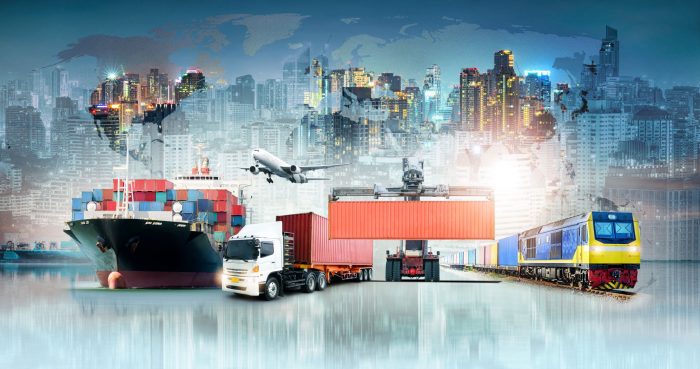
The Post-COVID Supply Chain – What Will it Look Like?
By Patrick Bower, Senior Director of Supply Chain & Logistics, Aceto
At some point, COVID will come to an end (or, as some experts point out, will become endemic and life will stabilize). From a chemical supply chain perspective, however, what does a post-COVID world look like?
Here are five ways chemical supply chains will likely evolve.
Industry will carry higher inventories.
Supply demand and supply chain uncertainty have already led to higher inventories. While inventory buildup carries its own risks, it is likely to continue to be a primary risk mitigation tactic – at least in the near term while COVID remains a threat. After years spent focusing on lean inventories, inventory buildup is becoming our go-to failsafe approach. Companies should continue to expect longer lead times and more uncertainty around demand and supply. It may be many years before this way of thinking is replaced by financial stakeholders demanding reductions in inventory levels.
Onshore production will be preferred, but the transition – if it happens – will be slow.
COVID unleashed global supply chain mayhem, ranging from massive increases in container and shipping costs, long lead times, port constraints, and increased inventory requirements. Offshore supply models came under fire, and the clamor for reshoring became deafening. However, the practicality of reshoring is subject to several criteria: will it be more economical, and will it be less risky? To the latter point, if raw material sources remain in Asia, dependency on long supply chains to support production will remain, as will the risks.
As we are already seeing, companies are choosing instead to blend onshore and offshore supply resources to create a balanced geographical risk. With regard to reshoring, the easiest path to greater onshore capacity will likely be through acquisitions and expansion of existing facilities instead of outright greenfield development of new manufacturing facilities.
Dual-Sourcing & multi-sourcing will grow in popularity.
This point is less a forecast and more of a commentary of what is currently underway. There has been a dramatic shift towards more traditional risk mitigation strategies, such as building inventory and dual sourcing. COVID put a stake through the heart of single-vendor, lowest-price sourcing. As risk mitigation continues, sourcing diversity will become the preferred strategy as companies look for suppliers that can offer sourcing in multiple geographies, blended lead times, and a mixed supply model comprised of both distributors and manufacturers.
Such a shift won’t occur overnight. Industry leaders will need time to consider which risk-related items to diversify. It will, however, happen – and chemical suppliers should be prepared for an increase in sales activity, sampling, qualification runs, and audits. One outcome of a shift towards multi-sourcing will be smaller, more incremental slices of a manufacturer’s business as multiple vendors are selected to reduce risks (whether geographically or based on other criteria).

Supply chain risk assessments will become commonplace.
Awareness of supply chain risks had been growing prior to COVID, and the pandemic launched the practice of risk assessment into overdrive. Companies across the chemical supply chain are expected to understand their own supply chains at least 2 or 3 tiers or layers deep. Suppliers should be ready for supply chain risk assessments and should be prepared to explain the number of levels of visibility they have, their geographic locations, and item-level production constraints. This knowledge is likely to become a more pronounced differentiator during the sales process.
Order Cancellations
Cancellations have already occurred over the last two years and will – without a doubt – happen again. Hand sanitizer orders demonstrated the initial wave of cancellations. One retailer who placed orders for millions of dollars’ worth of hand sanitizer at the peak of market demand canceled the orders a month later when the market reached saturation. The supply chain repercussions? The manufacturer was left with extra alcohol, fragrance, packaging, and glycerin inventory.
Order cancellation is an issue that starts at the retail level and cascades backward to the chemical suppliers, and it may be unavoidable. Companies should recognize that long-term order bookings may be an artificial measure and consider altering cancellation policies.
One Last Point: Growing Collaboration with Suppliers
Speaking with supply chain professionals, it is clear that a common theme has emerged: collaboration with suppliers. Over the last two years, proactive companies have engaged in unprecedented collaboration with their trading partners. While this approach evolved out of COVID-driven necessity, such dialogue should continue post-COVID as it provides a clear path to strengthening global supply chain security.
To view an On-Demand webinar on this topic entitled “Fixing Broken Links in the Chemical Supply Chain” please go to https://attendee.gotowebinar.com/recording/4876049716181721615
Categorized in: Commercial, COVID-19/Coronavirus